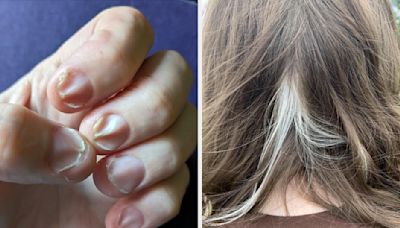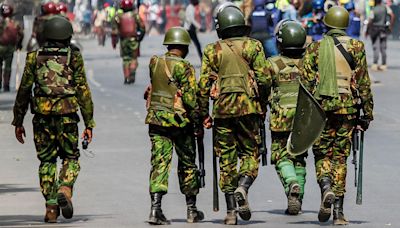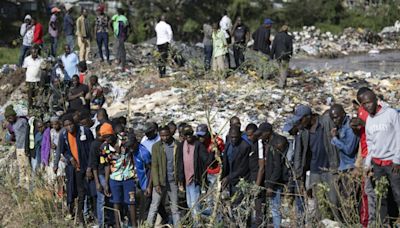Search results
May 26, 2024 · Learn about the structure, function, and composition of the human body, the physical substance of the human organism. Explore the tissues, organs, systems, and biochemical constituents of the body, as well as its development and evolution.
- The Editors of Encyclopaedia Britannica
The internal human body includes organs, teeth, bones, muscle, tendons, ligaments, blood vessels and blood, lymphatic vessels and lymph . The study of the human body includes anatomy, physiology, histology and embryology. The body varies anatomically in known ways.
- Skeletal system. The skeletal system is composed of bones and cartilages. There are two parts of the skeleton; axial and appendicular. The axial skeleton consists of the bones of the head and trunk.
- Muscular system. The muscular system consists of all the body muscles. There are three muscle types; smooth, cardiac and skeletal muscles. Smooth muscle is found within walls of blood vessels and hollow organs such as the stomach or intestines.
- Cardiovascular system. The cardiovascular system is comprised of the heart and the circulatory system of blood vessels. The heart is composed of four chambers; two atria and two ventricles.
- Respiratory system. The respiratory system consists of a series of organs; the nasal cavity, pharynx, larynx, trachea, bronchi, bronchioles and lungs (alveoli).
Jan 26, 2024 · Learn about the vital and non-vital organs of the body, their functions, and the organ systems they belong to. See an interactive body map and diagram of the organs and their locations.
Learn about the skeletal, muscular, cardiovascular, digestive, endocrine, nervous, respiratory, immune/lymphatic, urinary, female reproductive, male reproductive, and integumentary systems of the human body. Select a system to get started and explore its anatomy, functions, and disorders.
Learn about the structure and functions of human body parts, organs and systems. Explore the skeleton, muscles, joints, circulatory, digestive, reproductive and nervous systems with diagrams and examples.
Learn about the major organ systems of the human body, such as circulatory, respiratory, endocrine, nervous, and more. Watch videos, read articles, and test your knowledge with quizzes and flashcards.





